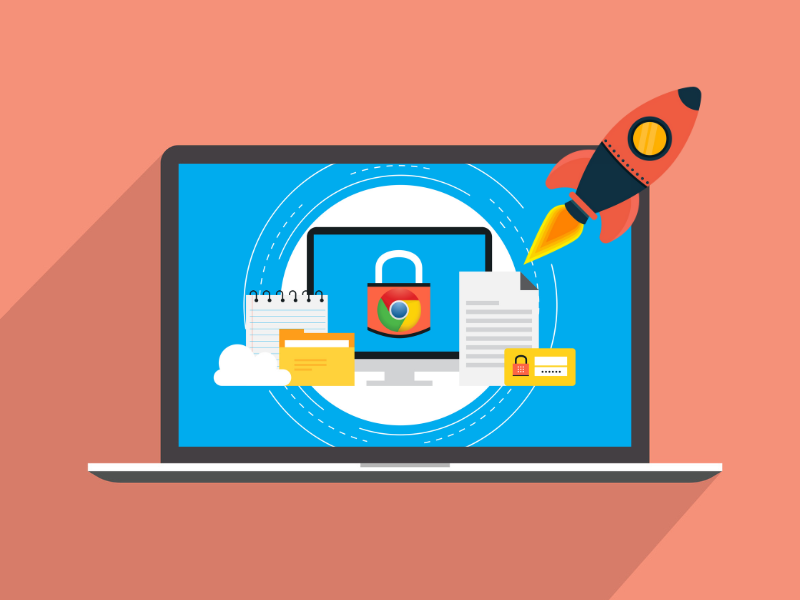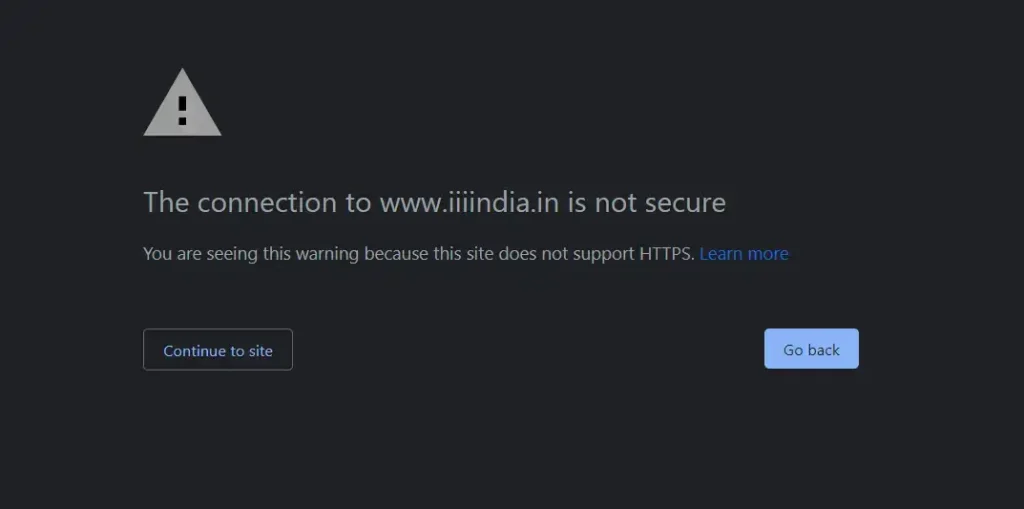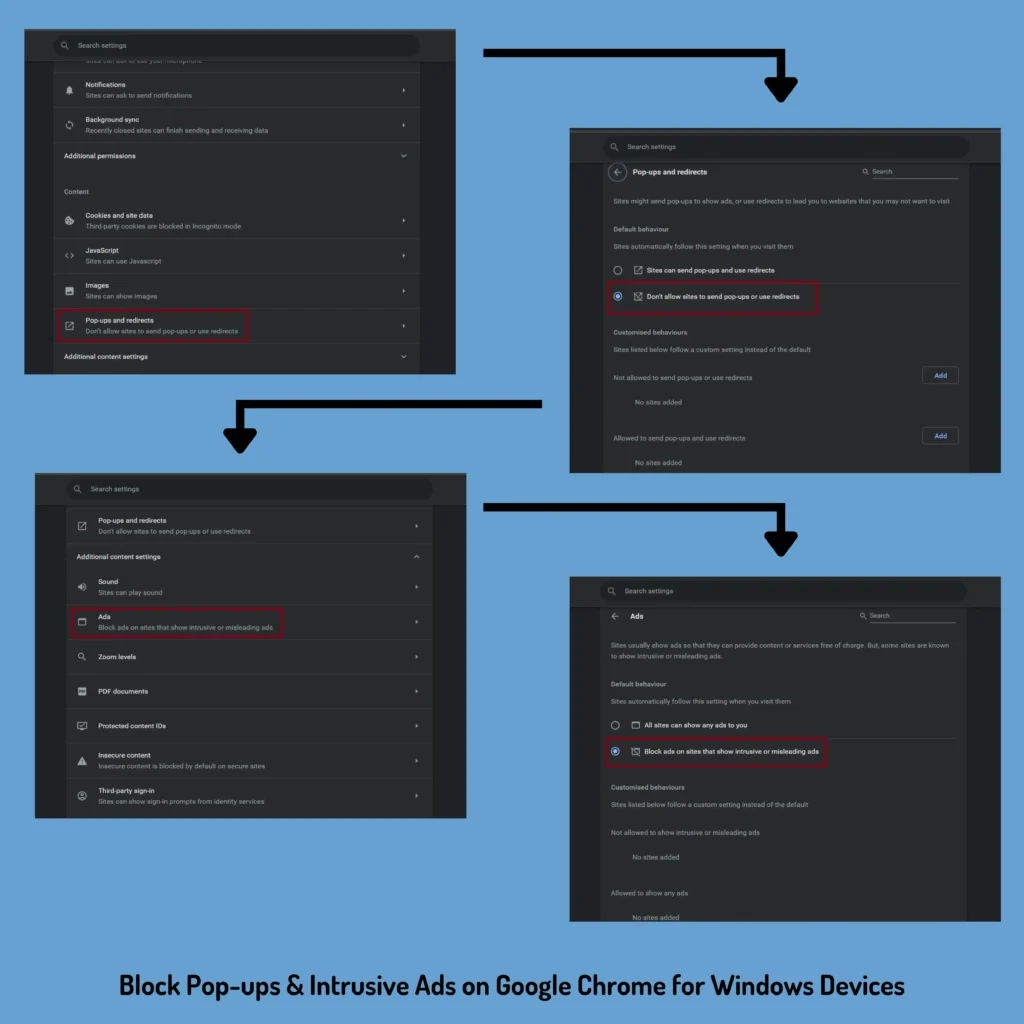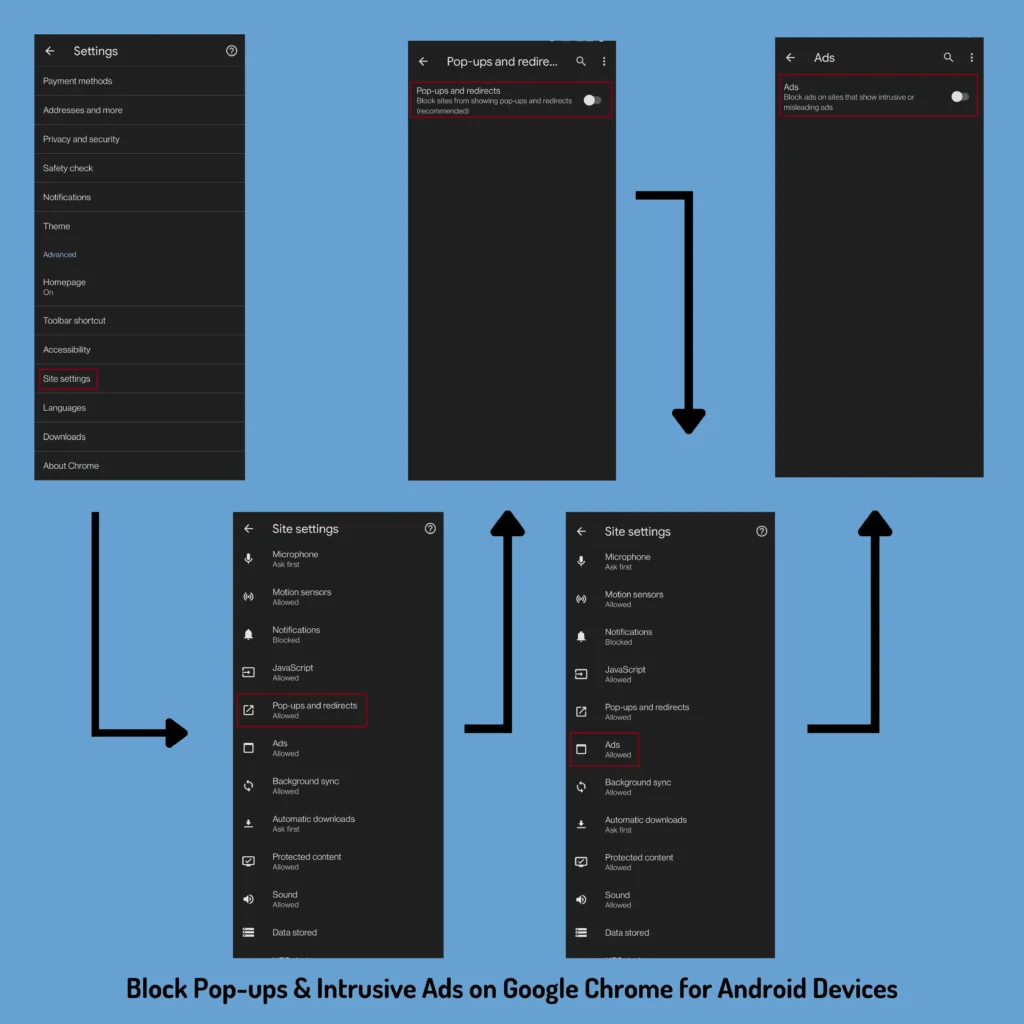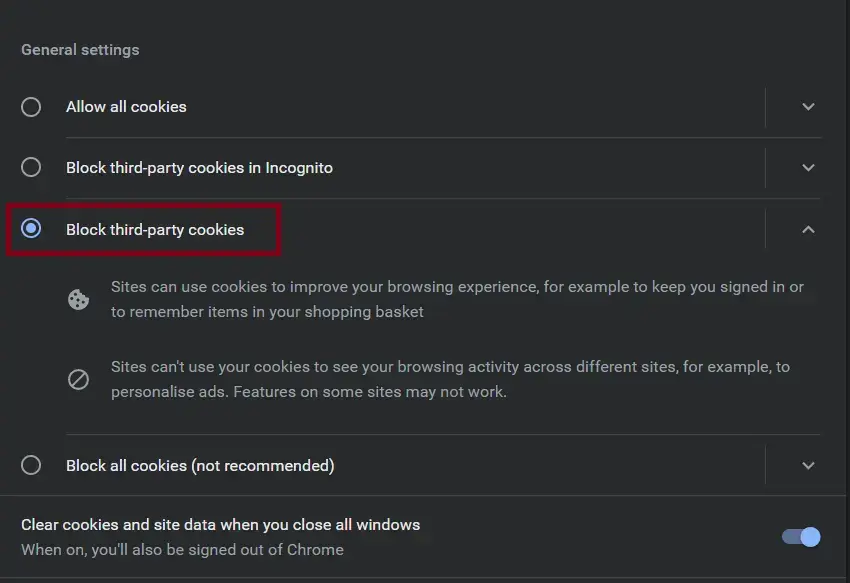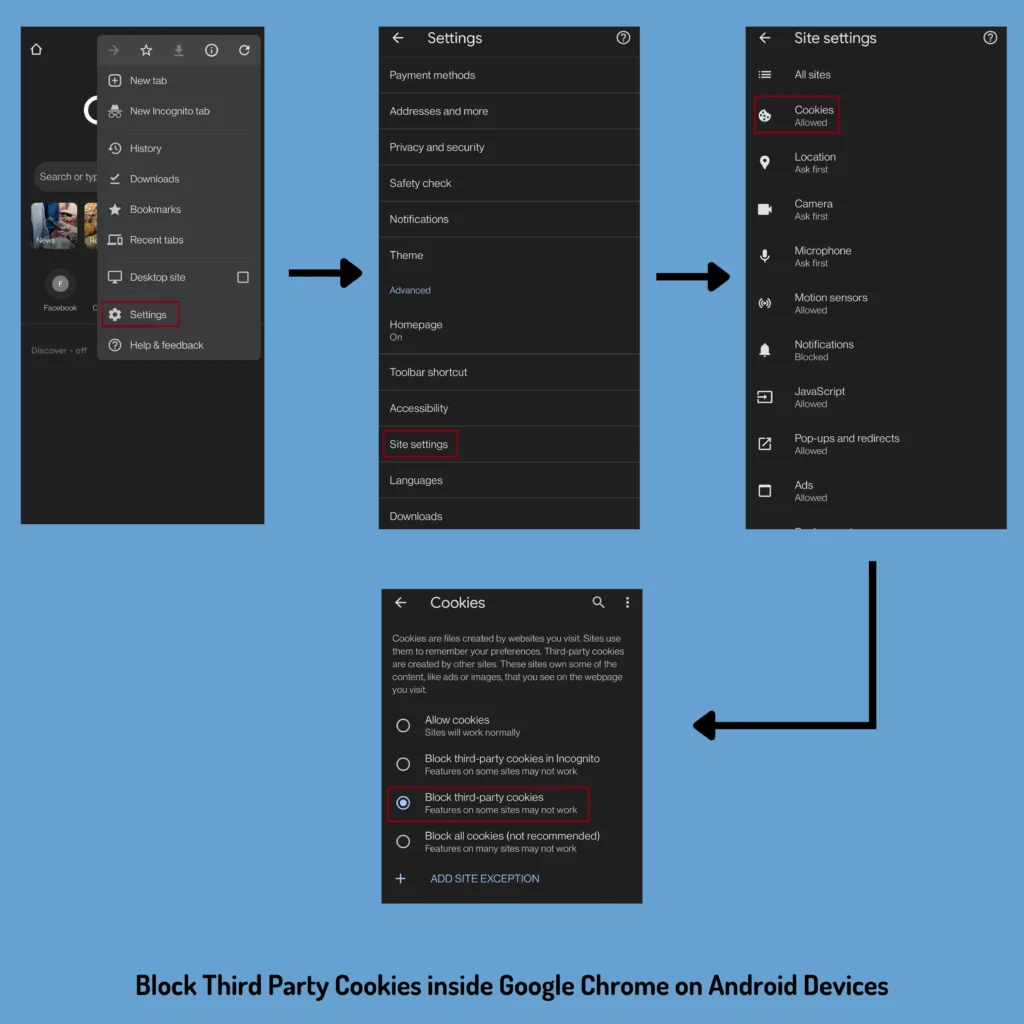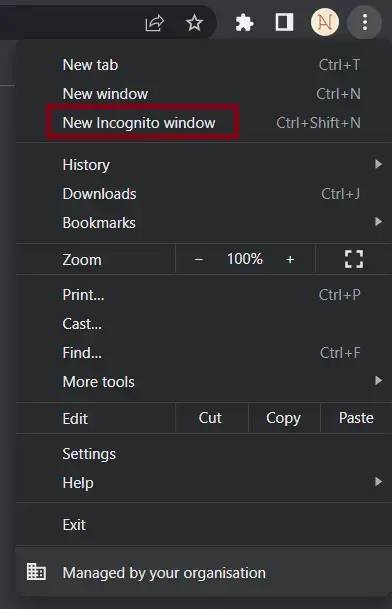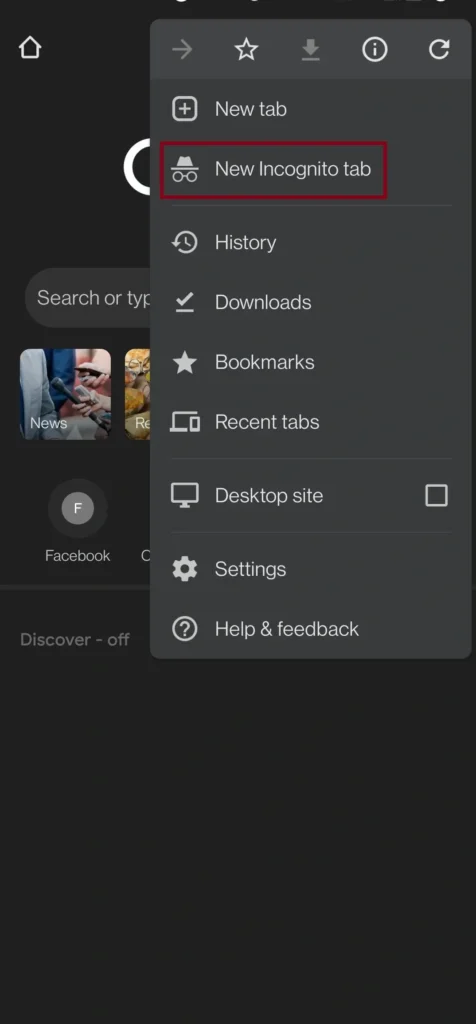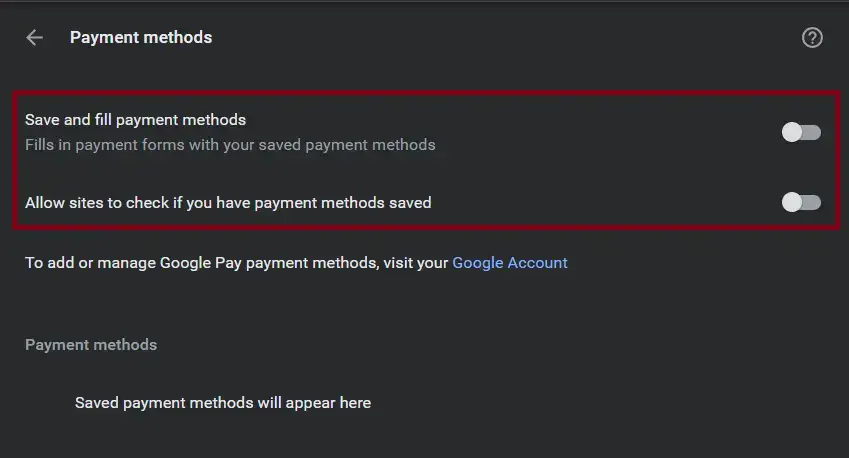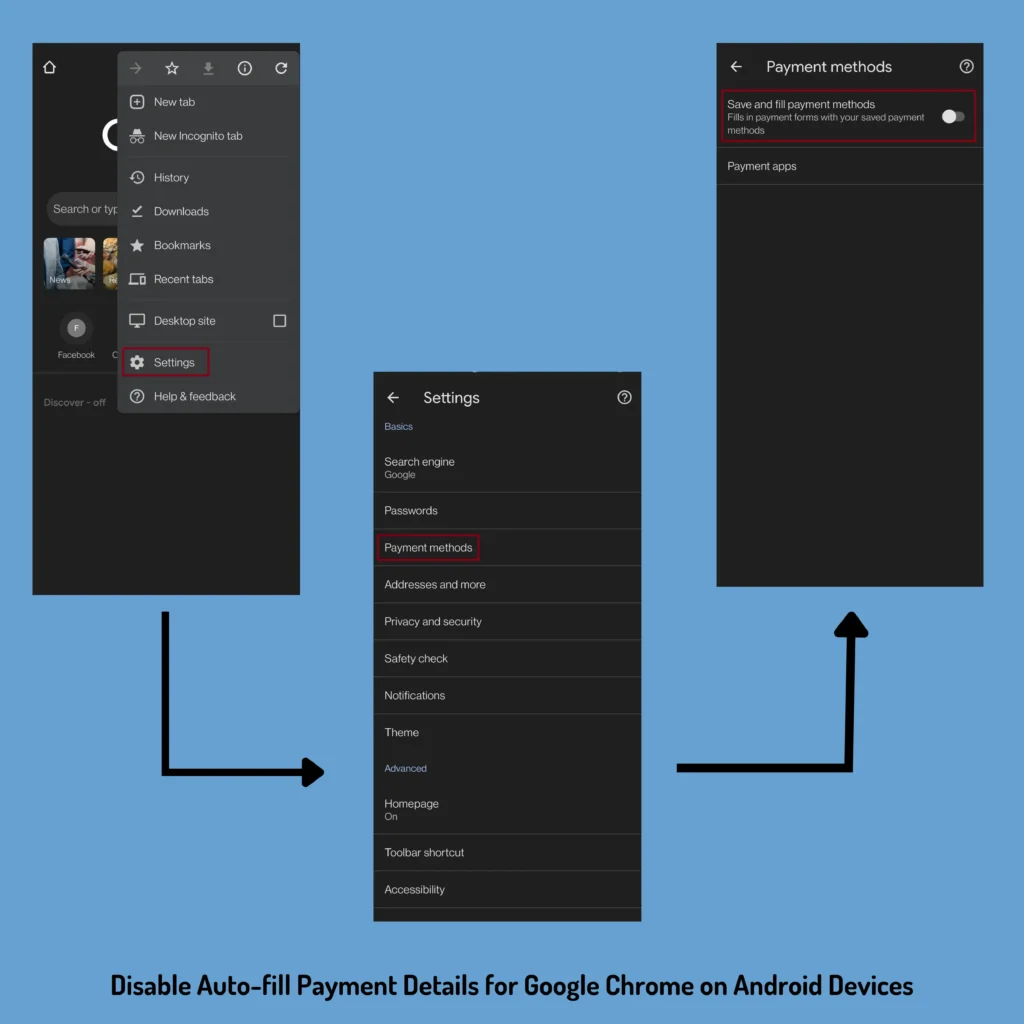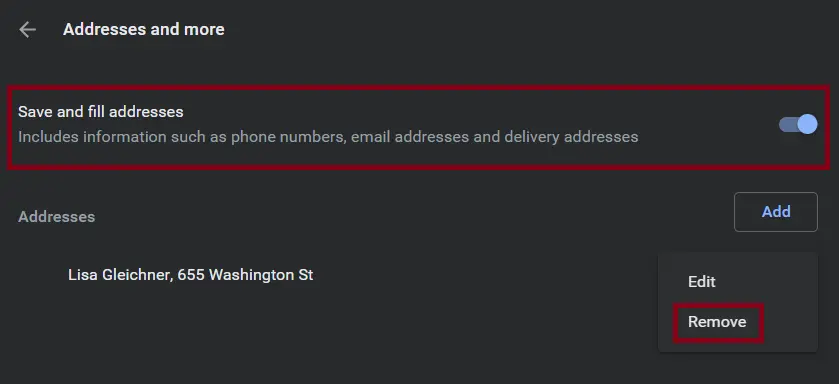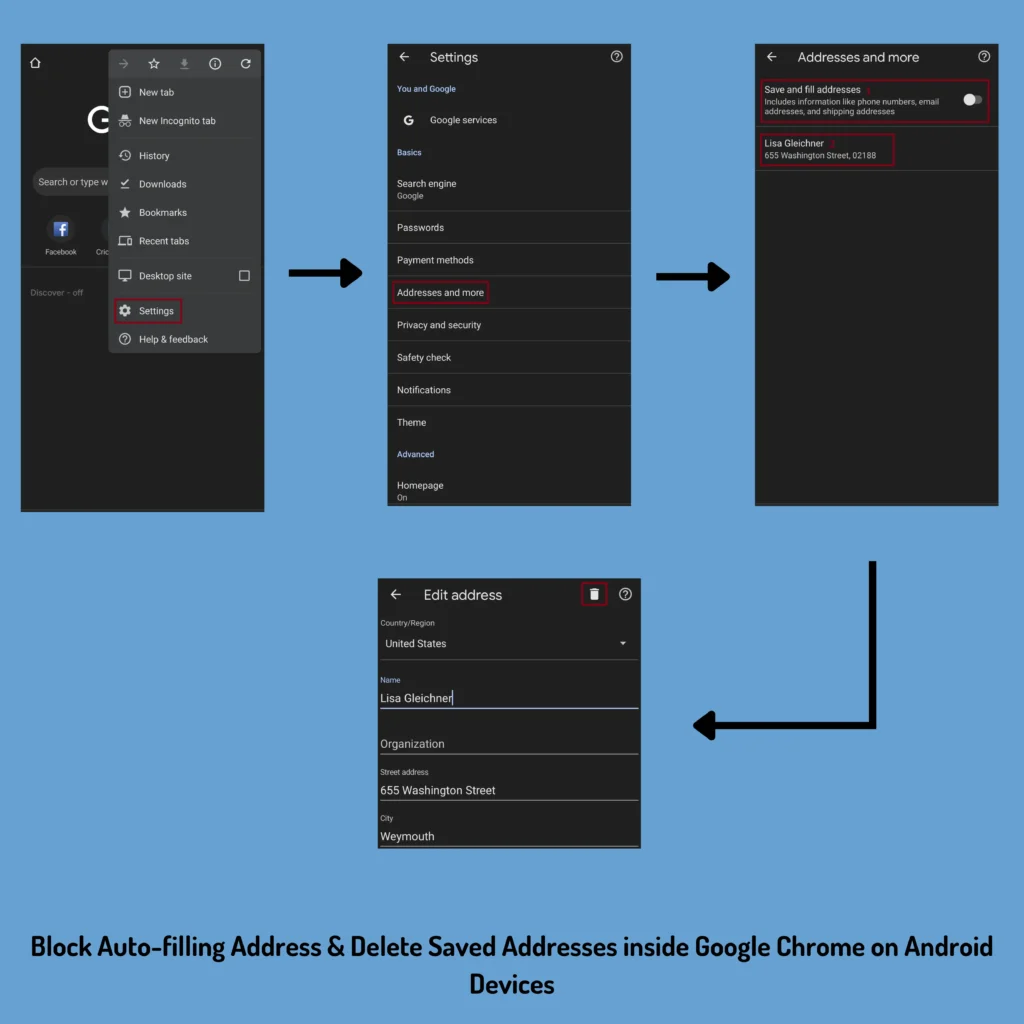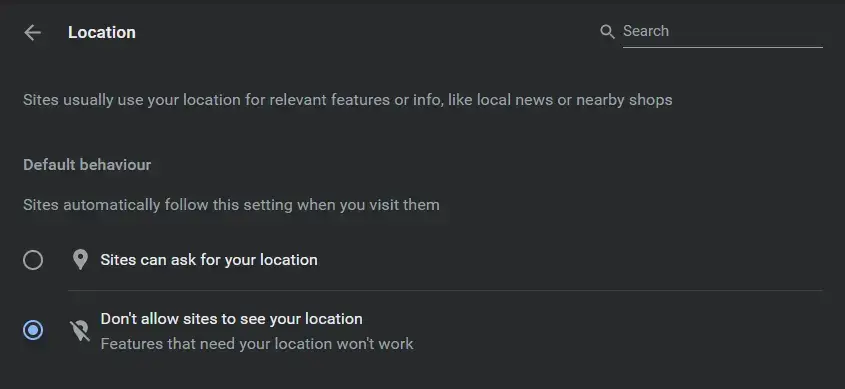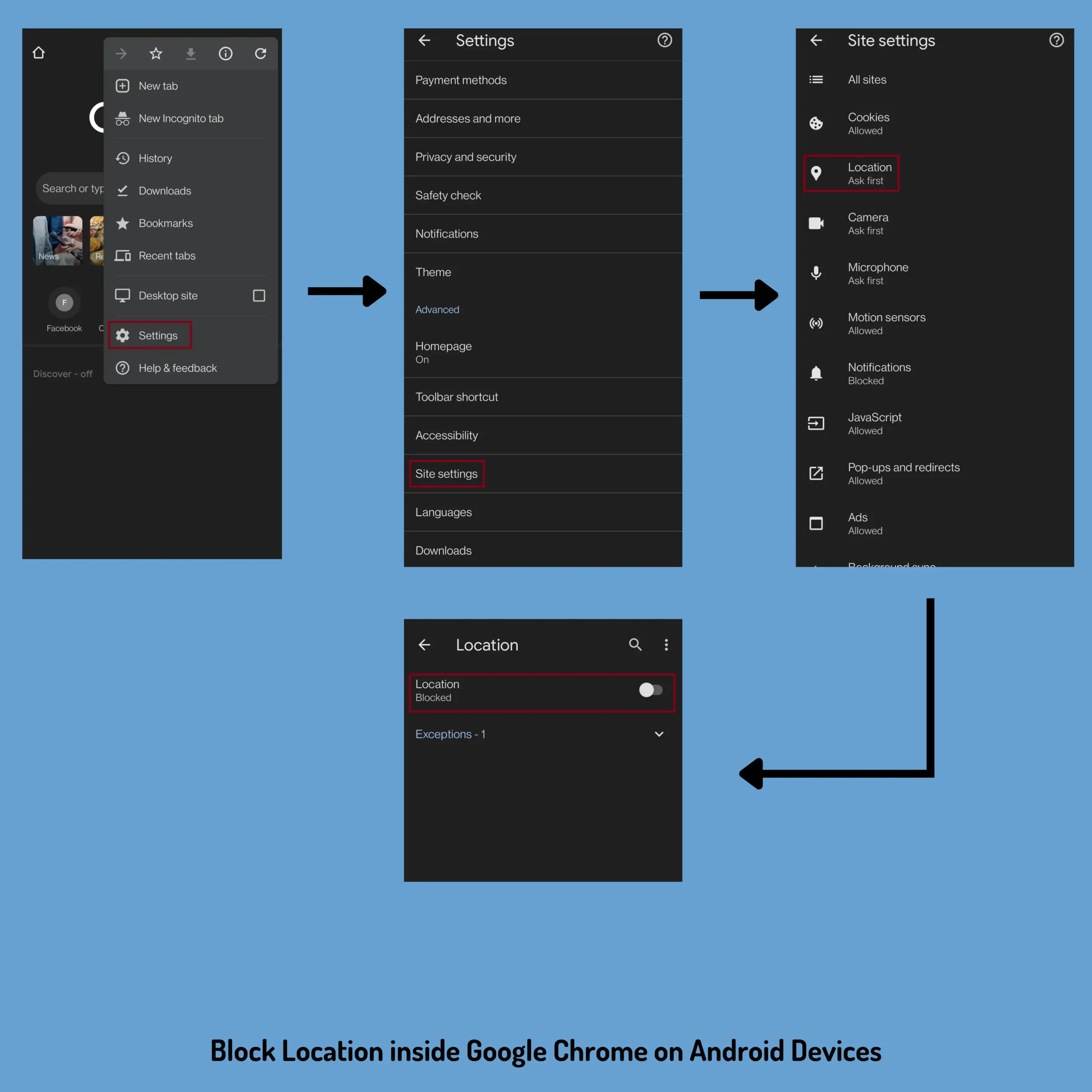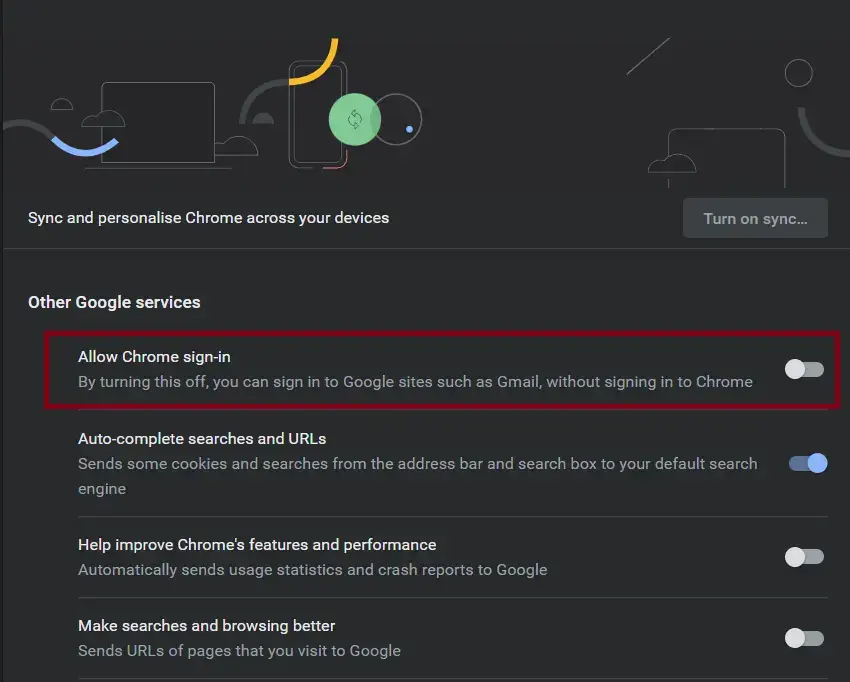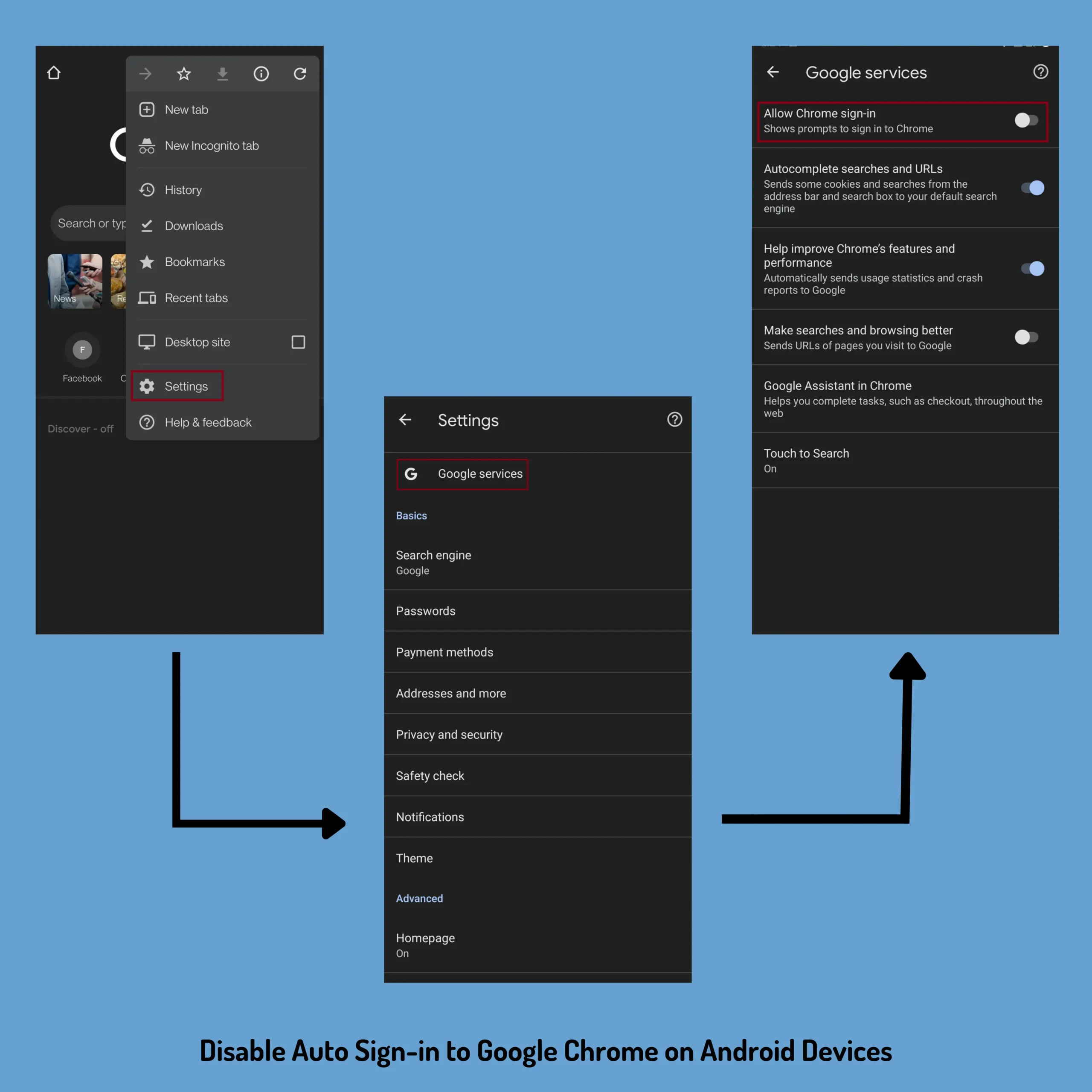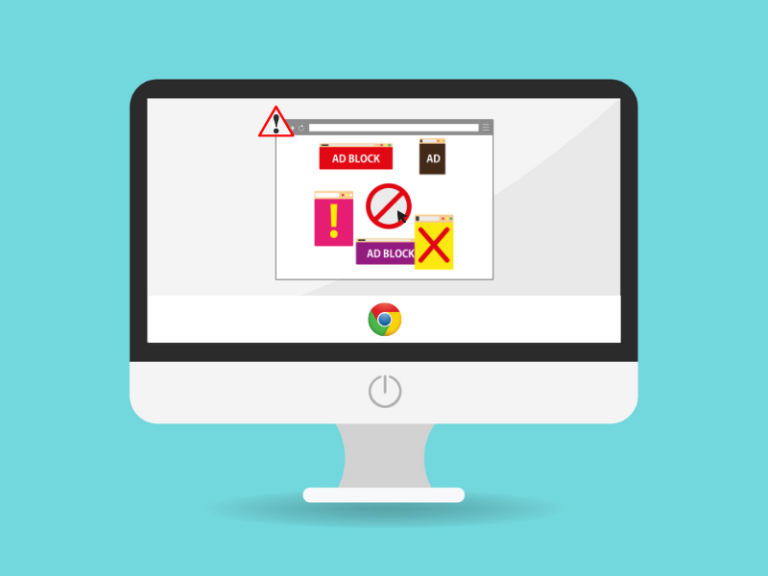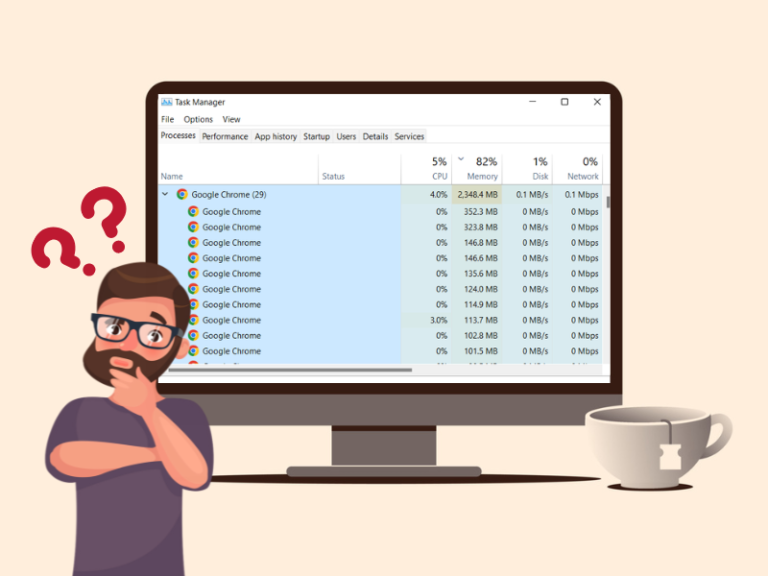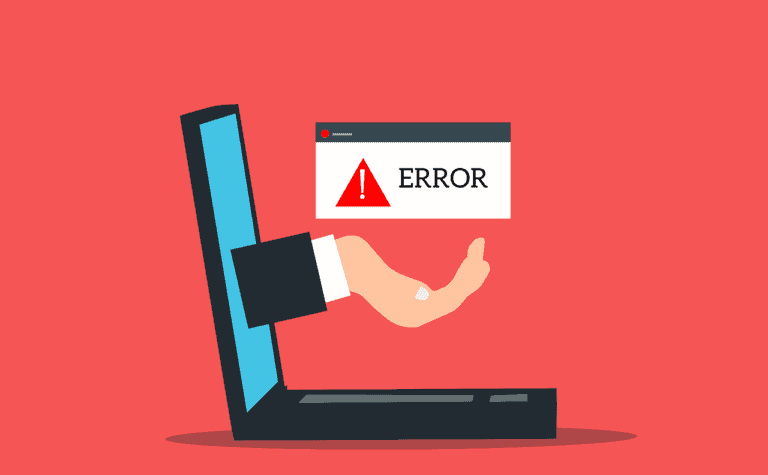Whenever we think of a browser, one name comes into our minds and that is Google Chrome. In spite of being the most popular browser, Chrome still comes up with different security vulnerabilities which can compromise the users privacy. A Forbes Article stated that Google Chrome has already Confirmed their 4th Zero Day Exploit within the first 7 months of 2022.
After seeing this, a number of our Facebook Followers get concerned about their privacy and reach out to us to know the possible ways to increase privacy inside Google Chrome. After investigating we have come up with 15 ways that can potentially increase your privacy inside Google Chrome.
1. Update Google Chrome
Using the latest version of Google Chrome can be one of the best ways to enhance your privacy in Chrome Browser. If any security flaws are detected by the developers, they instantly try to fix the issue and push an update for the users.
So using the latest Google Chrome can give you an edge from data bridges. To know the process of updating Chrome to its latest version, you may refer to this support page of Google Chrome.
2. Restrict Google Chrome to Open Websites with HTTP Protocol
Websites with HTTP Protocol are not encrypted. So if you use your personal information such as bank details, credit & debit card number etc are prone to hackers. They can easily intercept your data from such websites and misuse them.
On the other hand websites with HTTPS Protocol; encrypt the user data and create a secure connection between the browser and web server so that hackers are unable to intercept the user data easily.
Google Chrome has in-built settings that restrict the HTTP-only web pages from loading. Enabling this feature can force Google Chrome to only open websites that are SSL certified (HTTPS).
For Windows devices open Google Chrome and go to chrome://settings/security using the address bar, then scroll down and turn on the toggle for “Always use secure connection”.
For Android devices Open Google Chrome and navigate to Three Dots > Settings >Privacy and security, then turn the toggle on for “Always use secure connections”.

3. Block Pop-ups and Redirects
Modern day hackers are smart, they try to hack popular websites and show the users some misleading pop up ads. When the users click on these fake Ads, they are redirected to a different website where the hackers try to phish users’ login credentials.
Google Chrome has an inbuilt functionality that can block all these pop-ups and also block any suspicious redirects.
For Windows users, open Google Chrome and then go to chrome://settings/content from the address bar. Then navigate to Pop-ups and redirects and click on the radio button beside “Don’t allow sites to show pop-ups or redirects”. After that go back then navigate to Ads and opt for “Block ads on site that show intrusive or misleading ads”.
For Android users, open Google Chrome and navigate to Three Dots > Settings > Site settings. Then tap on “Pop-ups and redirects” and “Ads” one by one and toggle them off.
4. Automatically Clear Cookies and Site Data after Each Session
To provide a better browsing experience Google Chrome stores cookies and other site data inside your local storage. These data can be hijacked and misused by the hackers. If you are someone who isn’t concerned that much about online security, you may consider deleting all the stored data whenever you close Google Chrome.
For Windows devices, open Google Chrome and go to chrome://settings/cookies from the address bar. Scroll down and turn on the toggle for “Clear cookies and site data when you close all windows”. Now whenever you close the browser, Google Chrome will automatically delete cookies and other browsing data.
For Android devices there is no option to automate the process so you need to manually clear browsing data every time before closing the browser. Refer to this article if you want to know the process of clearing Browsing Data for Chrome Android.
5. Block Third Party Cookies
Tech giants like Google, Facebook or any other use third party cookies to detect the users browsing habit and show some targeted ads to them. While using Google Chrome, if you do not want to let these companies to track your browsing pattern then you can Change Chrome’s settings to block third party cookies.
For Windows devices, open Google Chrome and go to chrome://settings/cookies using the address bar. Then click on the radio button beside “Block third-party cookies”.
For Android devices, open Google Chrome and navigate to Three Dots > Site Settings > Cookies. Then tap on the radio button beside “Block third-party cookies”.
6. Turn on Chrome’s Enhanced Mode
Google Chrome’s Enhanced Safe Browsing mode helps Chrome to look into the past security flaws of the browser and on behalf of that make a prediction then warn the users of the potential dangerous events that may happen. Chrome’s Enhanced Mode can also block downloads that may contain malwares.
Turning on this feature can give you an edge from the hackers who try to infect your device with malwares and steal your personal information.
Watch the video below to turn on Chrome’s Enhanced Mode for all the devices.
7. Browse in Incognito Mode
If you are using a shared device and you do not want other users to know your browsing history or if you want to automatically log out from all the websites as soon as you close the browser then Google Chrome’s Incognito Mode can be very handy.
Please keep in mind that Incognito Mode does not prevent you from being hacked or make you anonymous; your browsing activity can still be tracked by your ISP. Incognito mode only helps the users to keep their activity hidden from anyone else who is using the same device.
To turn on Google Chrome’s Incognito Mode for Windows devices, open Google Chrome then navigate to Three Dots > New Incognito window.
To turn on Chrome’s Incognito mode for Android devices, open Google Chrome and navigate to the Three Dots > New Incognito tab.
8. Turn Off Auto-fill Payment Details
Chrome has an in-built feature that can automatically pull your saved credit or debit card details from your Google Account and fill all the data automatically on any websites. But if you have privacy concerns then it is advisable to fill up your card details manually every time when you are going to make a payment.
For Windows devices, open Google Chrome and go to chrome://settings/payments by using the address bar and toggle off the “Save fill payment methods” and “Allow sites to check if you have payment methods to save”.
For Android devices, open Google Chrome and then navigate to Three Dots > Settings > Payment methods and turn off the toggle for “Save and fill payment methods”.
9. Restrict Chrome from Storing Your Personal Address and Other Details
Whenever we fill up our personal details on any websites like address, pin code, phone number etc Google Chrome gives us an option to save the details inside the browser. This can help the browser to auto-fill the same details from the next time.
This is convenient but if you are using a shared device then the other users can easily check all the details. So to protect your privacy you may want to stop Chrome from saving these details and also you can delete the details you have saved earlier.
For Windows users, open Google Chrome and go to chrome://settings/addresses from the address bar then turn off the toggle for “Safe and fill passwords”.
If you have saved some details earlier it will also show here. Just Click on the three dots beside the address and click on Remove.
For Android users, open Google Chrome then navigate to Three Dots > Addresses and more and toggle off “Save and fill passwords”.
Your saved address will be also shown here, tap on it and then tap on the Delete button to remove it.
10. Turn Off Location Sharing
Sharing your location with websites like Google maps or Amazon can be super helpful. However there are also miscellaneous websites that can actually misuse your shared location. If You are that much privacy concern then turn off the location sharing with the websites. And in case you need to check your own location on a map or say order food online you can turn it on for a certain duration.
For Windows devices, open Google Chrome and go to chrome://settings/content/location by using the address bar then opt for “Don’t allow sites to see your location”.
For Android devices open Google Chrome and navigate to Three Dots > Settings > Site Settings > Location. Toggle it off to block the access of locations for all websites.
11. Opt out from Auto Chrome Sign-in
If you use Google Chrome to login to any Google Account, by default you will also log into the browser itself. Chrome’s settings give us an option to login to any Google Account without logging into the browser.
For Windows devices, open Google Chrome and go to chrome://settings/syncSetup from the address bar and toggle off “Allow Chrome Sign-in”.
For Android devices, open Google Chrome and navigate to Three Dots > Settings > Google Services, then opt out from “Allow Chrome Sign-in”.
12. Use a VPN to Become Anonymous
VPN helps us to hide our original location and IP address to make us anonymous. Most modern day VPNs have an extension for Google Chrome. You can install the extension directly from the Chrome Web Store and become anonymous with a few clicks.
There are many good VPN providers in the market but our personal favourite is NordVPN. NordVPN can give you the privilege to become anonymous without compromising your internet speed. You may check the video below to know more about NordVPN’s features.
If you want to get the best deals on NordVPN, you may click here. If you want to set up NordVPN for Windows devices you can check out this video.
Unfortunately Google Chrome for Android does not have the support for the extensions so you need to install NordVPN or any other VPN app separately from Play Store.
13. Use a Third Party Password Manager
Most of us have a default practice of saving our passwords using Chrome’s in-built password managers. But this process is not completely safe. There are many flaws of using the in-built password manager. Anyone who has physical access to your system can check your login credentials easily. Chrome has also introduced a smart lock feature to secure the stored passwords but this can be easily bypassed. If you want to know more why it is not a good idea to let Chrome itself store the passwords then you may refer to this article.
Using a good password manager can solve the problem. Most modern day password managers like NordPass, Last Pass, Bitwarden etc offer Chrome extensions that can easily be installed from the Chrome Web Store. They work on the Zero Knowledge Encryption model which means the password managers themselves are unable to know the passwords stored inside.
Bitwarden, LastPass and NordPass are our three favourite Password Managers. Bitwarden & LastPass offer the basic features for free whereas NordPass is fully paid. But if you are able to spend some bucks then NordPass will be the best one. NordPass uses XChaCha20 encryption to secure the passwords whereas Bitwaren & LastPass use AES – 256 Encryption, and XChaCha20 Encryption is considered to be more superior and secure than AES – 256. Click here to check out the best deals on NordPass.
Unfortunately Google Chrome for Android does not have the support for the extensions so you need to install NordPass or any other password managers separately from Play Store.
14. Using an Ad Blocker
No need to say that these days there are many fake online Ads floating around the Internet and hackers are making it tougher for the users to differentiate between a fake Ad and real Ad. Clicking on a fake ad banner can compromise your online privacy, and hackers can try to phish your personal data. So it’s better to use an Ad Blocker to block any types of ads on websites.
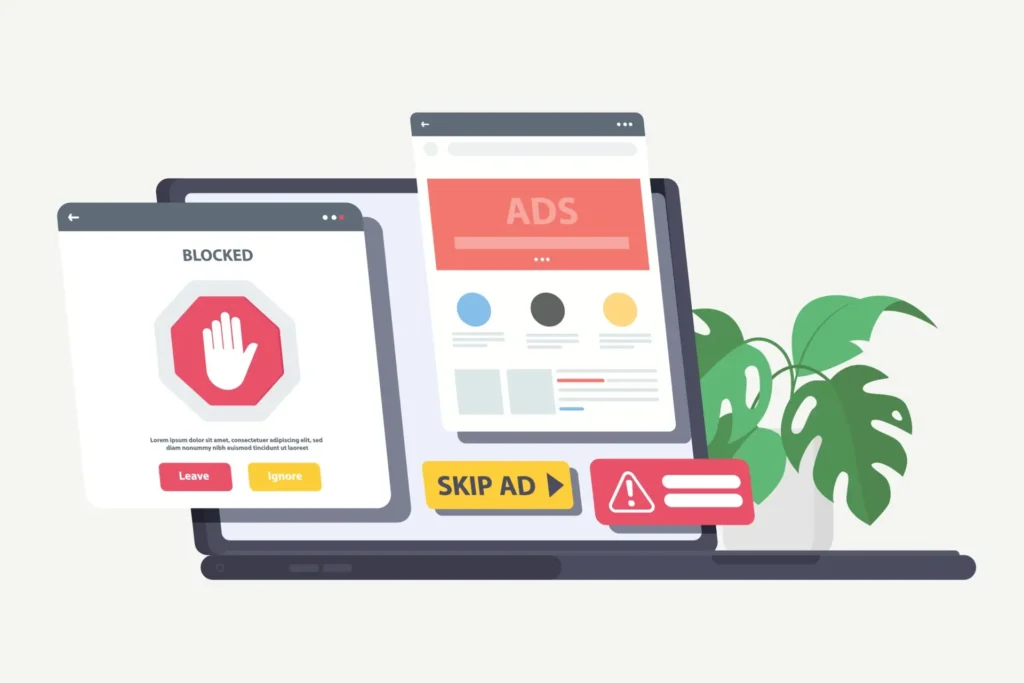
If you want to know which Ad Blockers can give you the best result then you can check out our article on top picked Ad Blockers for 2022.
15. Prevent Other Users to Uninstall Extensions on Your Google Chrome
Extensions have become a key to increase the overall productivity of the browser, but it’s not acceptable if you share your device with others and they install some malicious extensions to track your Chrome activity.
By default Google Chrome won’t let any users to install third party extensions but with some basic manipulations hackers can remotely install any malicious extensions and steal your personal data.
So it is advisable to install all the extensions that you want to use yourself, then block the installation for the other extensions. We have a dedicated article explaining the different ways to block installation of Chrome Extensions for Windows Devices. You can check that article.
The Conclusion
Whatever we have discussed so far can increase your privacy while using Google Chrome. Each of the steps has its own value towards increasing privacy. If you are concerned about privacy then it is recommended to implement all the steps one by one. However some of the steps can hamper your browsing experience, if you want you may skip that.
Please keep in mind that nothing on the internet can give you 100% privacy protection. Hackers are becoming smarter and finding out new ways to steal users’ data. So the best thing you can do, is to become conscious about your browsing habits. Opening an URL from an untrusted source or opening an URL from an unknown email can easily compromise with your privacy. So stay alert all the time.
Lastly it is advisable to follow Chrome’s Community Page so that in future if any unexpected privacy flaws are detected inside Chrome, you will find a number of resources to fix that issue.

